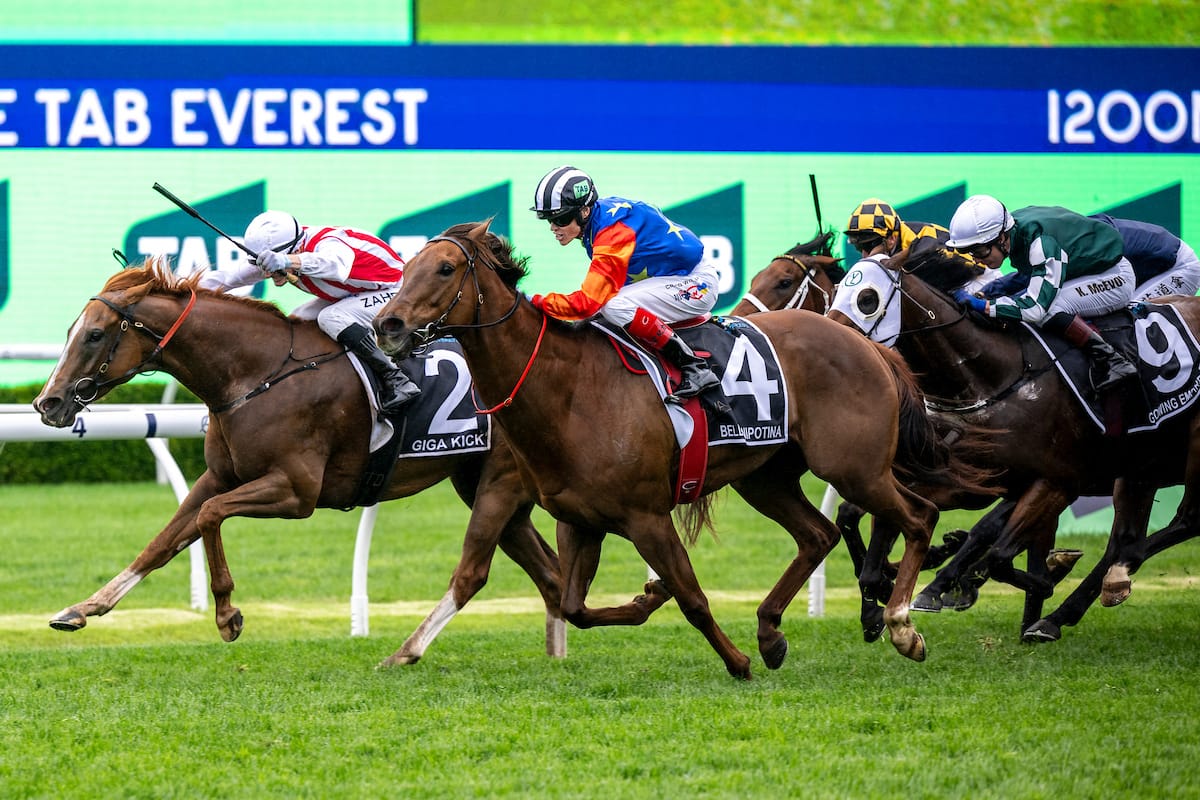Playing devil’s advocate, Bren O’Brien has taken a scalpel to Australia’s feature race program to see what a schedule of 50 Group 1 races might look like.
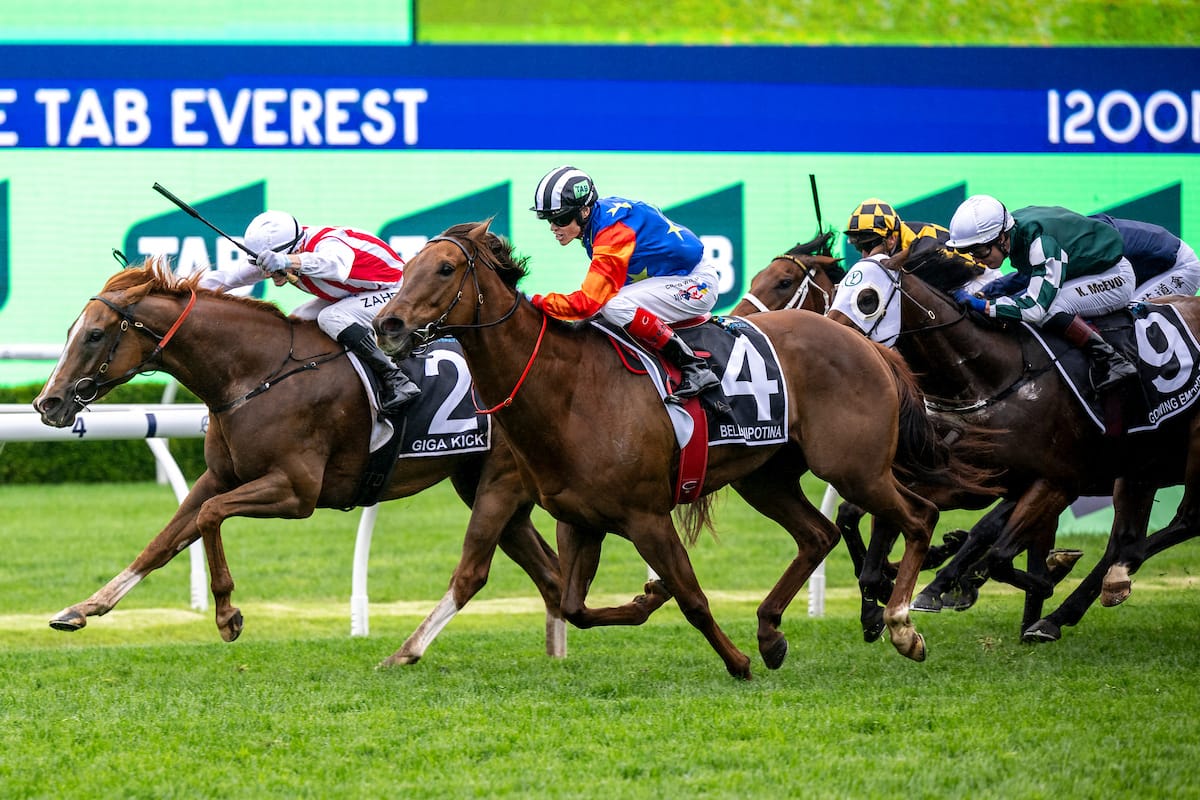
COMMENT: There are fewer quicker ways to lose friends in the racing industry than suggesting certain Group 1 races are not worthy of that status. Yet most racing administrators will tell you there are too many Group 1 races in Australia.
With the Australian pattern in a state of disrepair and the number of Group 1 races having blown out to 76, with the promise of more to come, it is a reasonable theoretical exercise to ask what a more rationalised version of the racing calendar would look like.
Is it possible you could trim the number of Australian Group 1 races down to 50?
The initial establishment of the international pattern in the 1970s described Group 1 races as Classic and other races of championship standard having major international importance.
So, leaving aside the various politics around which races stay in which jurisdictions, The Straight has taken a shot at a renewed, focused Group 1 calendar, based purely on the criteria outlined above.
Bearing in mind that Australia had around 50 Group 1s when the international pattern was first applied, it is not an easy task.
Bren O’Brien has reviewed each category/distance range of races to determine which ones should remain and which should be promoted or demoted in this 50-race scenario.
Two-Year-Old Races
There are five two-year-old Group 1 races in Australia, spread across the autumn/winter. Four of the five fit the category of championship races in that their geography and timing help determine the best two-year-old performers.
There is a question as to whether there is enough differentiation between the Sires and the Champagne in Sydney. Bearing in mind, we also have another 1600-metre two-year-old Group 1 race in Brisbane in the winter.
Because of its scheduling, the 1600-metre JJ Atkins Stakes in Brisbane deserves to stand alone as the mile two-year-old championship. That would mean the Champagne Stakes would miss the cut.
Demote: Champagne Stakes
Net: Minus one
Total: Four
Three-Year-Old Races
There are 19 Group 1 races for three-year-olds in Australia. Given Australia’s disposition for speed, it is surprising that there are just three Group 1 three-year-old races below 1600 metres, all three of which have been upgraded in the past 20 years.
Two of those races, the Coolmore Stud Stakes and the Golden Rose, have become the dominant breed-shaping races in the country.
The third is the Surround Stakes for the fillies. Its position at the start of the Sydney autumn makes it a pathway race, rather than a championship race, putting it under consideration for cut.
The placement of the Thousand Guineas, now returned to mid-October, and the Flight Stakes in such close proximity is far from ideal, given their exact same format.
Either the Melbourne Racing Club or the Australian Turf Club could consider moving one of these races to the autumn, giving a fillies 1600m championship race at each time of the year. (Unlikely given the current battle for the spring).
The other ridiculous clash between Sydney and Melbourne in the three-year-old ranks is the Australian and Randwick Guineas. To reduce the number of Group 1 races, one has to go.
Then we get to the Derbies and Oaks, a throwback to a time when Australia produced stayers of note. Winners of Derbies and Oaks would once become Cup contenders, now most become spring feature support acts as the Cups are dominated by overseas-bred horses.
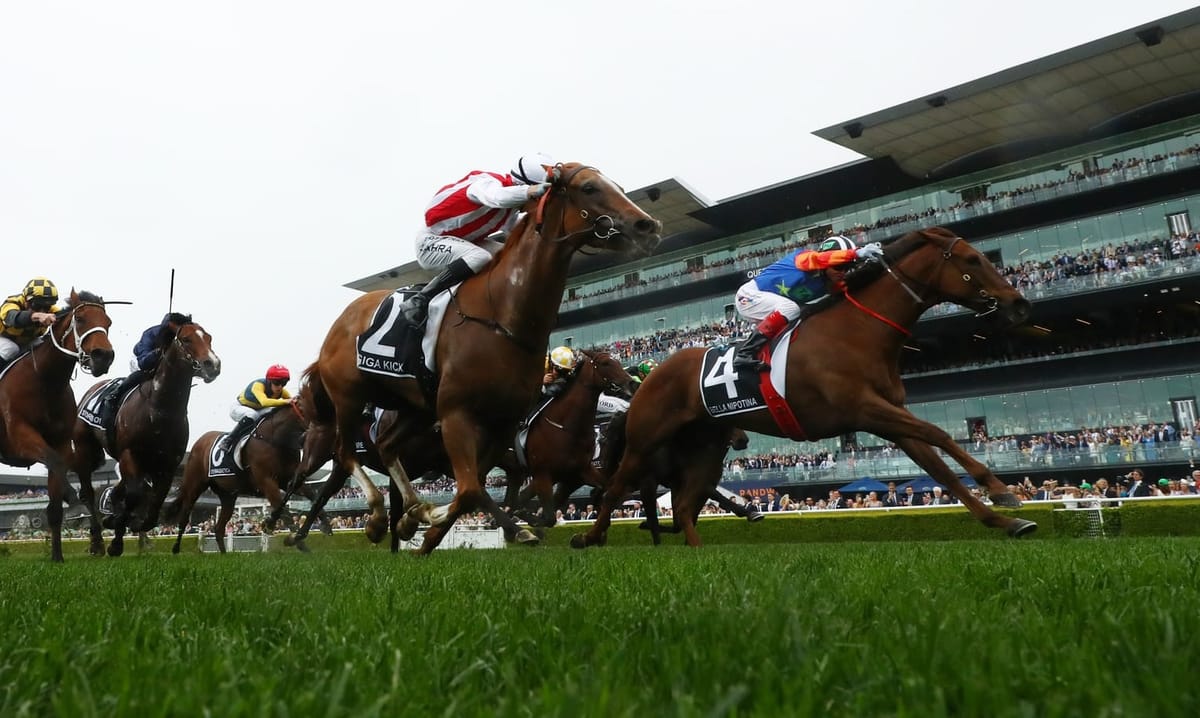
The Derbies and Oaks in Melbourne and Sydney should remain, although the championship aspect of the Victoria Derby and VRC Oaks would arguably be enhanced by reducing them back to 2000 metres.
Only two of the South Australian and Queensland classics would make the cut. Perhaps the option for those states is to stage one Group 1 staying race for three-year-olds each, making a feature 3YO Classic championship encompassing both sexes.
Demote: One of the Surround Stakes, Flight Stakes or Thousand Guineas, one of the Randwick or Australian Guineas, two of the Australasian Oaks or South Australian Derby, Queensland Oaks or Queensland Derby
Net: Minus four
Total: 15
Filles and Mares Races
There are five Group 1 races specifically for fillies and mares in Australia. To reduce the number of these, you would demote the Robert Sangster, which has been a Group 1 race since 2005, but has been historically the weaker of the two end-of-season Group 1 mares races, the other being the Tatts Tiara.
The Sydney autumn hosts two Group 1 races for fillies and mares over similar distances, the Coolmore Classic or the Queen Of The Turf. By definition, only one fits into the ‘championship’ criteria befitting a Group 1 race.
Demote: Robert Sangster Stakes and one of the Coolmore Classic or the Queen of the Turf
Net: Minus two
Total: Three
Open Age Sprint Races
There are 15 Group 1 races contested in open company, ranging from 1000 metres to 1300 metres, in Australia each year. While Australian sprint racing is the envy of the world, that makes for a congested calendar.
As well as the recently upgraded The Everest, there are three other sprints, in our opinion, which clearly fit the championship criteria, the VRC Sprint Classic (now the Champions Sprint), the Newmarket Handicap and the TJ Smith Stakes.
Of the rest, five would need to make way. They would include two of the most recently upgraded, the Moir Stakes at Moonee Valley, staged as a step towards the Manikato Stakes, and the Canterbury Stakes, over 1300 metres early in the Sydney autumn.
The William Reid Stakes at Moonee Valley is one of four Melbourne Group 1 sprints in the space of six weeks, and has the lowest profile of these. It’s either that or the Oakleigh Plate, due to its handicap status.
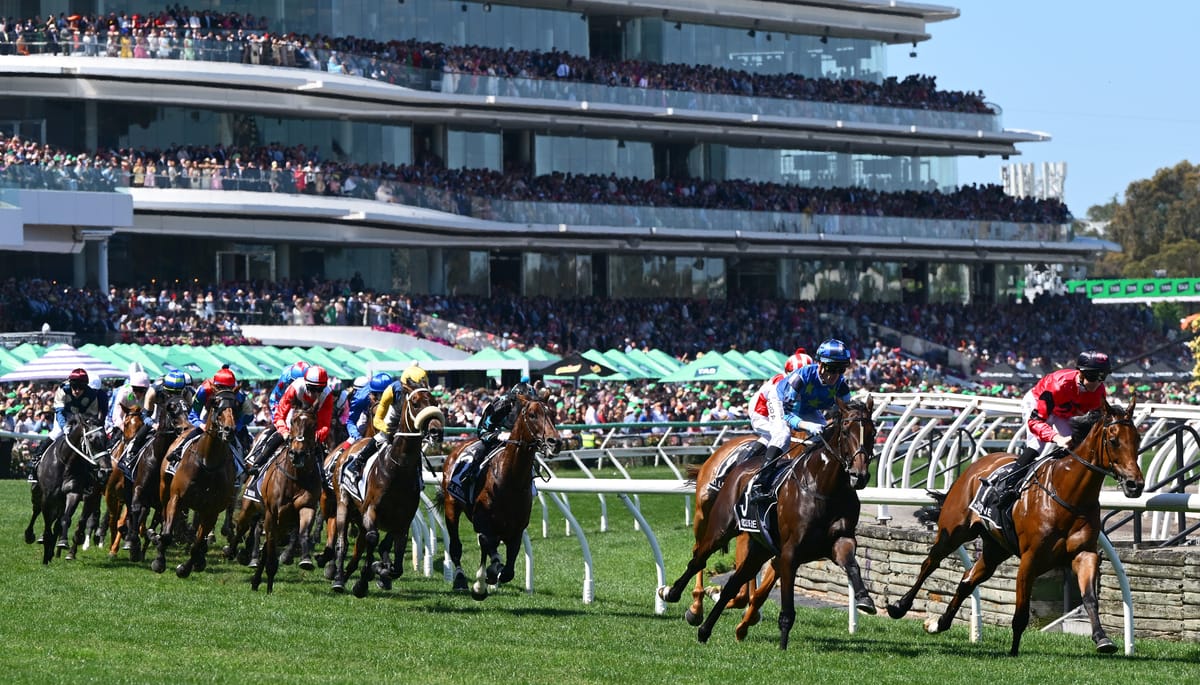
Similarly, the Kingsford-Smith Cup in Brisbane is the third-best sprint race in the state, well short of championship status.
To really get the numbers down, you either have to demote the Doomben 10,000 or The Goodwood, both historically important sprints. It’s a close call, but the Doomben 10,000 would be most in danger as Queensland already has a feature winter sprint, the Stradbroke, although it is over 1400 metres and is a handicap.
Demote: Moir Stakes, the Canterbury Stakes, the William Reid Stakes, the Kingsford Smith-Cup, one of the Doomben 10,000 or The Goodwood
Net: Minus four
Total: 11
Open Age 1400m-1600m Races
There is a glut of these races in the distance range on the calendar that have benefited from upgrades in the past 20 years. Overall, there are 15 Group 1 races staged for open-aged horses in this distance range at either handicap or weight-for-age conditions.
Under the championship criteria, you would put a pen through any race that is a kick-off for a campaign. That would count out the Winx Stakes and the Memsie Stakes.
The Sir Rupert Clarke would also be under threat as a handicap, while the Orr Stakes is arguably saved by moving it to the late spring as a weight-for-age championship Group 1 over 1400 metres. That move would also save the Futurity, which was previously staged two weeks after the Orr in the same format.
Early-campaign 1600-metre Group 1 races such as the Makybe Diva and Chipping Norton would also need to make way.
Cutting deeper and the George Main and the George Ryder are both historically important races, but one of them needs to go. The George Main was moved and renamed to the King Charles and that probably saves it. That puts the Ryder in the gun, even with the Chipping Norton gone.
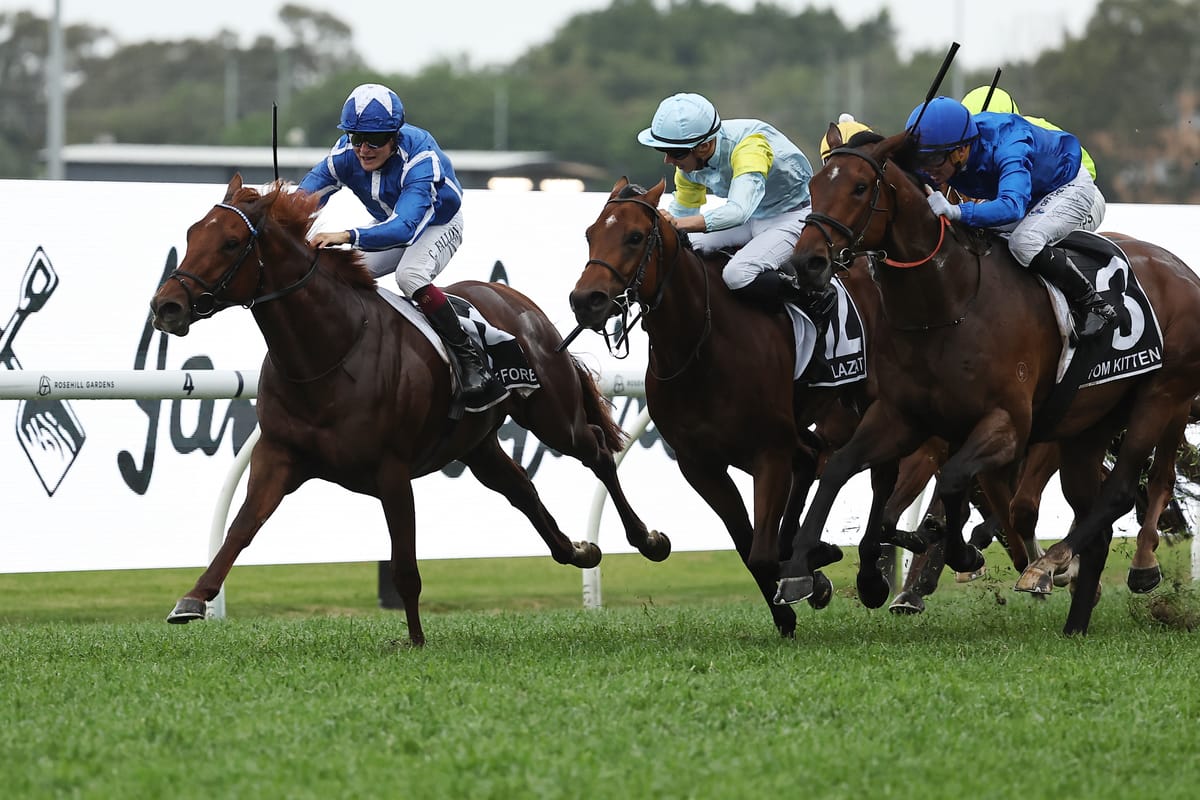
The Melbourne spring handicap, the Toorak, is another that would need to make way. The Champions Mile has been boosted in profile in recent years and probably makes the cut, just.
But, in a controversial move, that would be at the expense of the All-Star Mile, which hasn’t caught on and has instead disrupted a much better constructed Melbourne autumn pattern, peaking with the Australian Cup.
The other question is whether the Golden Eagle deserves a position among our elite races. Recent results suggest so, and the four-year-old contest has emerged as a race of consequence.
Demote: Winx Stakes, Memsie Stakes, Rupert Clarke Stakes, Makybe Diva Stakes, Chipping Norton Stakes, George Main or George Ryder, Toorak Handicap, All-Star Mile
Promote: Golden Eagle
Net: Minus seven
Total: 8
Open Age 1800m-2040m Races
There are 10 Group 1 races staged for open-age horses in Australia over this distance, and four of them would need to make way to make the necessary room.
The Northerly Stakes in Perth, run over 1800 metres at weight-for-age, has historically been won by some important horses, but has dropped in quality and given it is staged two weeks after the Railway Stakes, a handicap over 1600 metres, it can’t be genuinely considered a championship. One of the two would need to go.
Melbourne has several Group 1 races in this spot in the spring and the Underwood Stakes would have to be demoted. It is a pathway, not a lead-in, as is the Ranvet in Sydney, which too would also need to make way.
The Doomben Cup may be the best weight-for-age 2000-metre race in Queensland, but it doesn’t stand up as a championship-quality race in a reduced calendar.
Demote: Northerly Classic, Underwood Stakes, Ranvet Stakes, Doomben Cup
Net: Minus four
Total: 6
Open Age 2400m-3200m Races
There are five Group 1 races staged in the staying range in Australia, and this is the area where the depth of local horses is the weakest.
The Melbourne Cup and Sydney Cups are staying championships in their respective times of year and the Caulfield Cup is a historically great race, and the best 2400-metre contest in Australia.
That leaves us with two others under question. The Metropolitan can not retain its status under the stricter criteria, while the Tancred Stakes has lost some of its relevance. The Queen Elizabeth Stakes has become the championship weight-for-age race of the Sydney autumn in its place.
Demote: The Metropolitan, Tancred Stakes
Net: Minus two
State by state:
Victoria: 21 or 22 (31)
NSW: 20 or 21 (30)
Queensland: 4 (8)
South Australia: 2 (4)
Western Australia: 2 (3)
Total Races: 50

